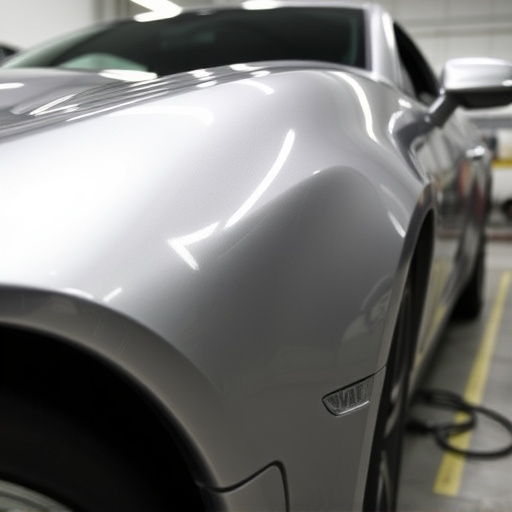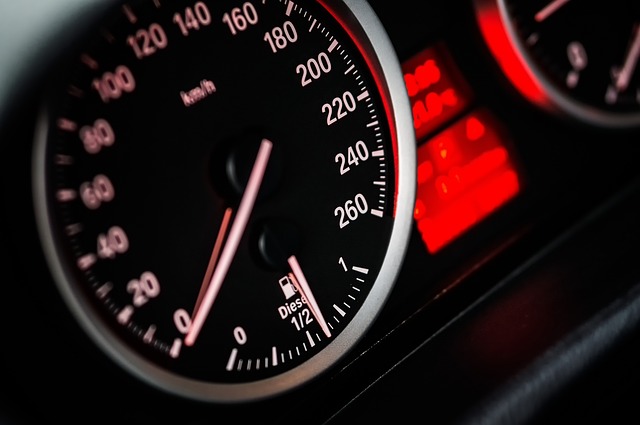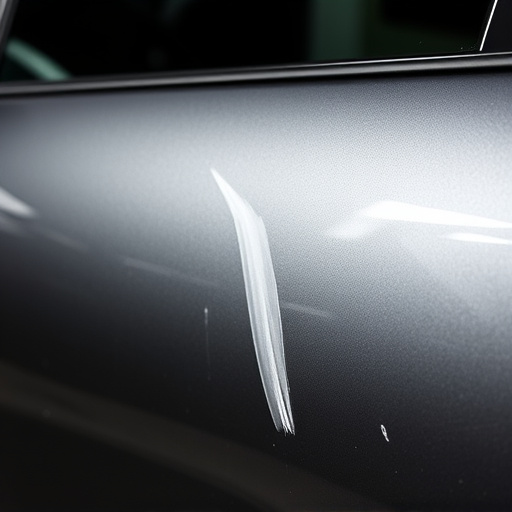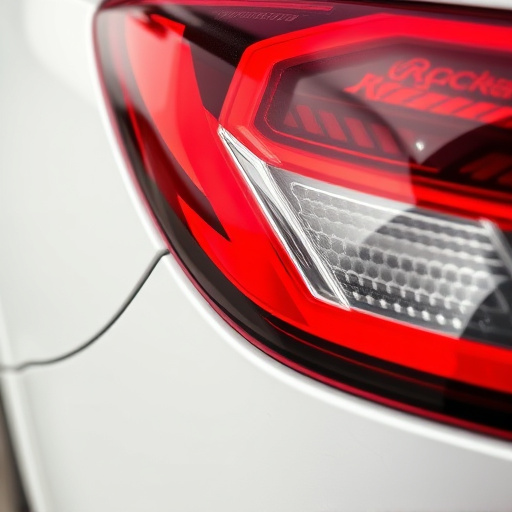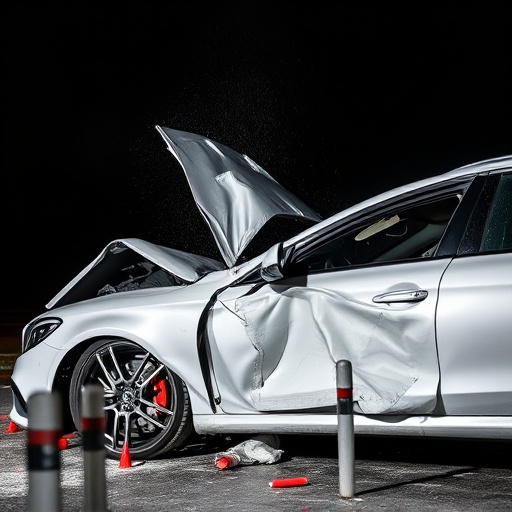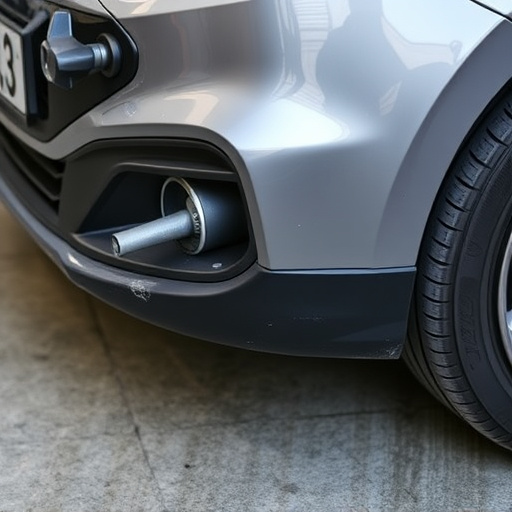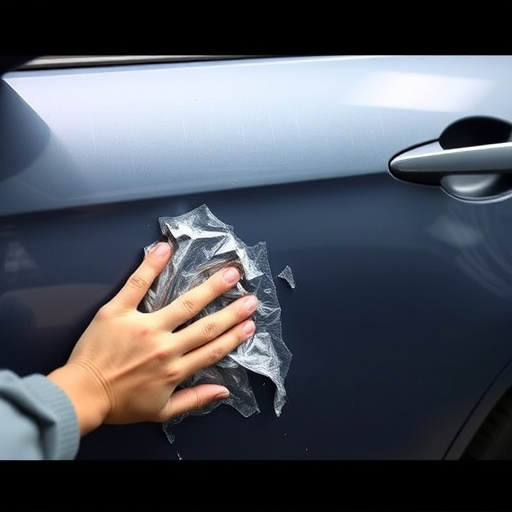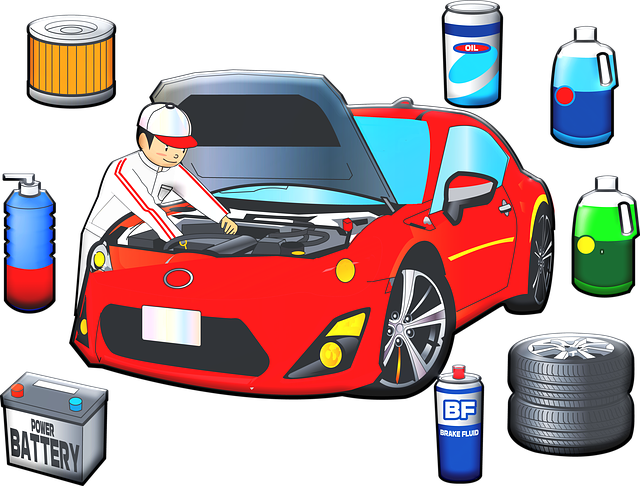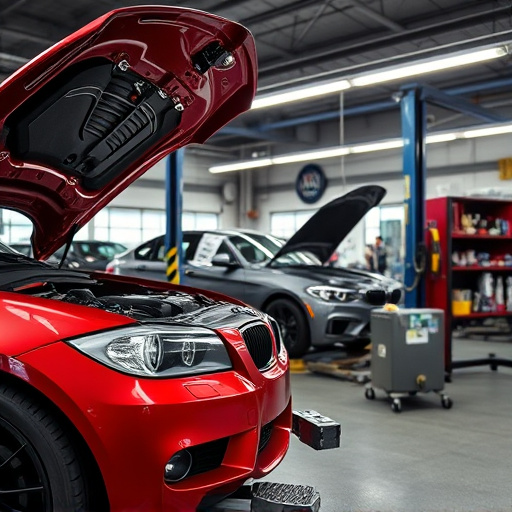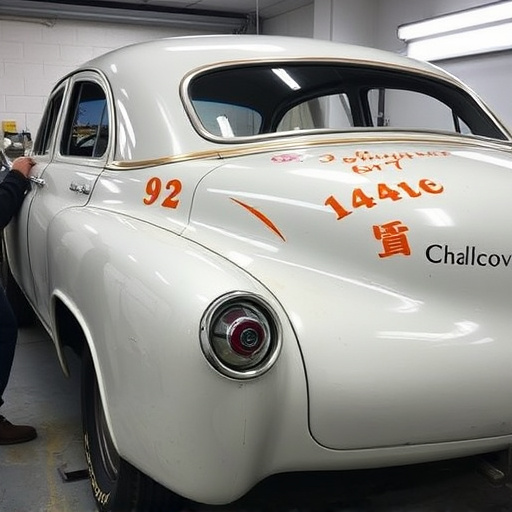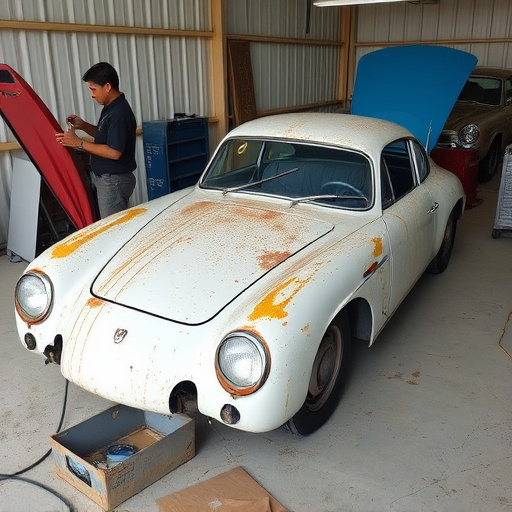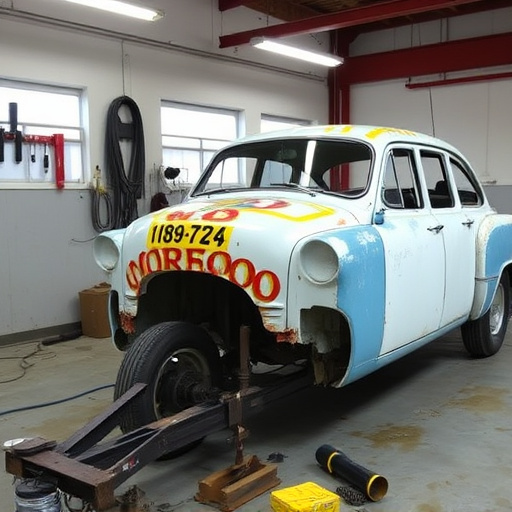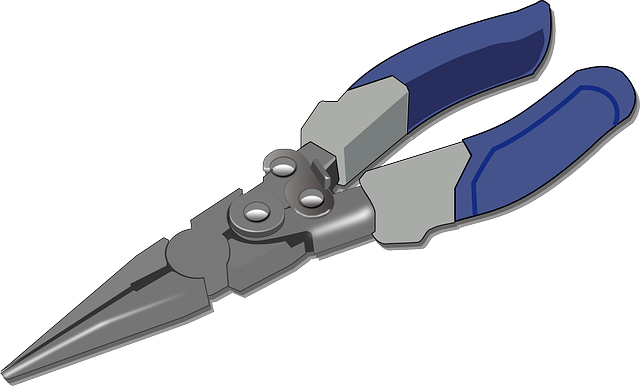Vehicle color matching is a critical yet complex aspect of automotive aesthetics and quality control, hampered by varying paint formulas, environmental influences, unique model color recipes, and production batch variations. The evolving industry demands advanced technologies to maintain accuracy while keeping pace with new paints and finishes. AI transforms this process through unprecedented precision and efficiency, leveraging machine learning and computer vision to analyze and match colors flawlessly. This not only streamlines body shop processes but also ensures consistent color consistency across models, reducing rework needs. As AI continues to evolve, it promises to revolutionize vehicle restoration, blurring the line between new and restored vehicles.
In the realm of automotive manufacturing, achieving precise vehicle color matching is paramount for quality control. However, the process has historically been challenging due to intricate color profiles and variability in production conditions. With advancements in Artificial Intelligence (AI), this landscape is transforming. AI is now revolutionizing vehicle color matching accuracy, promising enhanced precision, streamlined workflows, and improved customer satisfaction. This article explores these developments, delving into current challenges, AI’s role, and the exciting future of vehicle color matching.
- Understanding Vehicle Color Matching: The Current State and Challenges
- AI's Role in Enhancing Color Precision: Techniques and Technologies
- The Future of Vehicle Color Matching: Benefits, Impact, and Considerations
Understanding Vehicle Color Matching: The Current State and Challenges
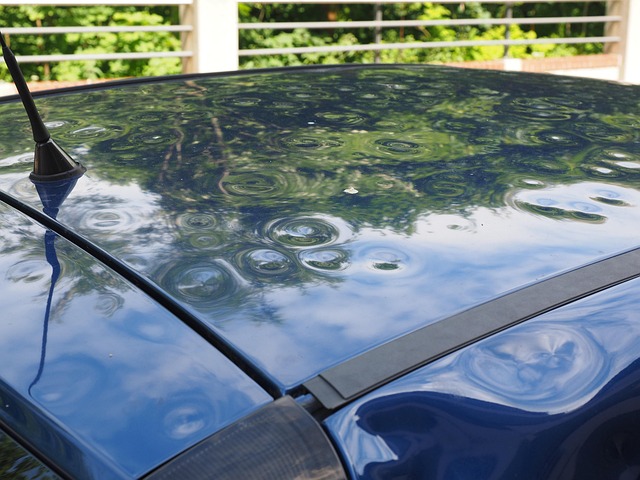
Vehicle color matching is a critical aspect of automotive aesthetics and quality control. The current state of the art involves intricate processes to ensure precise replication of vehicle colors, from initial manufacturing to potential collision repair scenarios. However, challenges remain in achieving perfect matches, especially with the vast array of paint formulas and environmental factors that can influence color perception.
The complexity lies in the fact that each vehicle model may have unique color recipes, and even slight variations in batch production can lead to differences. Additionally, the automotive industry’s constant evolution introduces new paints and finishes, making it a challenging task for collision repair services to keep up with the latest trends while maintaining accuracy. These factors contribute to the ongoing need for advanced technologies and techniques to enhance vehicle color matching across all stages of auto care and repair.
AI's Role in Enhancing Color Precision: Techniques and Technologies
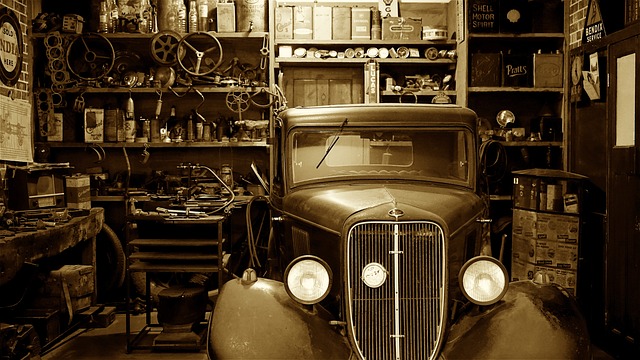
Artificial Intelligence (AI) is revolutionizing the way vehicle color matching is done, bringing precision and efficiency to the forefront of automotive aesthetics. This advanced technology employs sophisticated algorithms to analyze and match colors with unparalleled accuracy, ensuring that every vehicle leaves the shop with a flawless finish.
AI’s role in this process involves several techniques, including machine learning models that can identify and distinguish between subtle color variations. By training on vast datasets, these models learn to predict and replicate colors with remarkable consistency. Additionally, computer vision systems are utilized to capture and analyze the vehicle’s surface, considering factors like paint texture, gloss, and reflectivity, thereby achieving a more accurate match. In a vehicle body shop or collision center, AI streamlines frame straightening processes, ensuring that once the metal is back in place, the color will blend seamlessly with the rest of the car’s exterior.
The Future of Vehicle Color Matching: Benefits, Impact, and Considerations
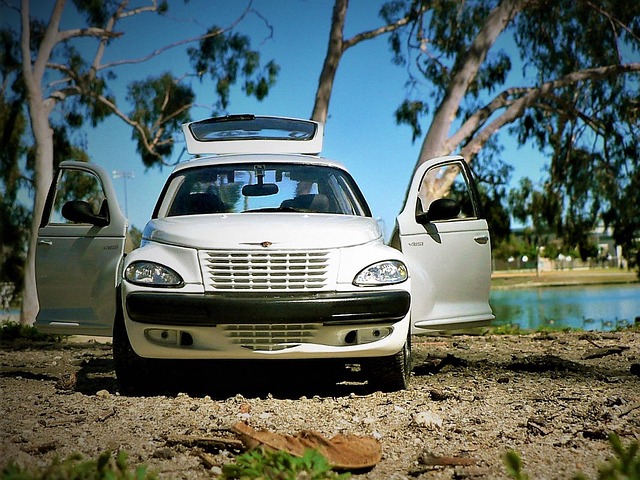
The future of vehicle color matching is set to be revolutionized by AI technologies. By leveraging machine learning algorithms and advanced image processing techniques, AI systems can achieve unprecedented accuracy in matching vehicle colors, ensuring that each car looks as it should. This advancement offers numerous benefits, from streamlining production lines for manufacturers to enhancing customer satisfaction at vehicle body shops. With AI, color consistency is maintained across different models and makes, reducing the chances of imperfections or discrepancies that may arise through traditional methods.
This transformation has significant implications for both the automotive industry and consumers. For vehicle body repair and car scratch repair services, AI can provide precise guidance during the restoration process, ensuring that new paint matches perfectly with the original finish. This level of accuracy not only saves time but also minimizes the need for extensive rework, making vehicle body shops more efficient. As these technologies continue to evolve, we can expect even more sophisticated color matching capabilities, further blurring the line between new and restored vehicles.
Artificial Intelligence (AI) is revolutionizing the world of vehicle color matching, addressing longstanding challenges and setting new standards for precision. By leveraging advanced techniques such as machine learning algorithms and computer vision, AI systems can now analyze and replicate colors with unprecedented accuracy, ensuring a seamless match every time. This technology promises to benefit manufacturers, paint suppliers, and consumers alike, leading to cost savings, reduced waste, and enhanced aesthetic satisfaction. As we look ahead, the future of vehicle color matching appears brighter and more vibrant thanks to the transformative power of AI.
